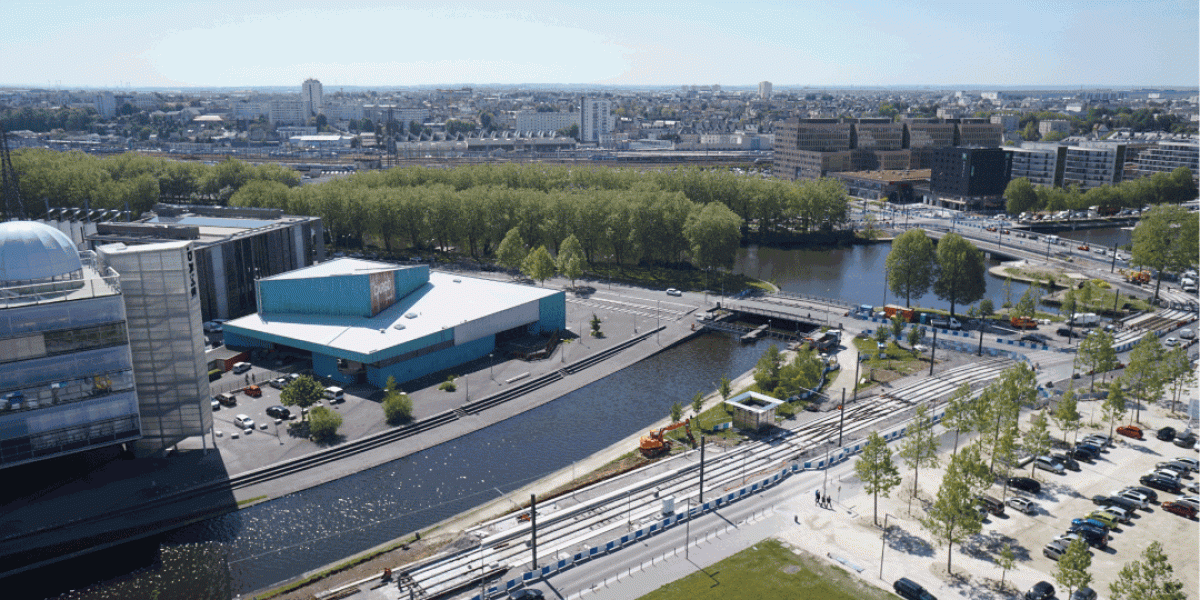Classically, an atlas is a collection of commented maps designed to explain the workings of the world, a country, a region or even a city. The social atlas of Caen Normandy meets this objective: to understand the mechanisms that organize and shape local urban society. An atlas marks out zones, delimits contours and identifies borders. It slices up places, pinpoints high-stakes areas and highlights economic, social, political and cultural spaces. An atlas also slices up society: depending on social groups, social classes, generations and habits, it reveals living spaces that may be shared or separate.
To identify these territories, we need to multiply the sources of information and the angles of approach: cross-check statistics, make diagnoses, carry out fieldwork, talk to residents, feel the atmosphere of neighborhoods, meticulously observe what goes on there.
This atlas highlights social inequalities and denounces social injustices.
Historically, atlases have been the essential tools of geographers: a well-designed map is worth a long speech. Today, they are more relevant than ever to grasp the hierarchies of a society, the mechanisms that produce them and the complexity of its spaces. In a world where information is pouring in from all sides, where the multiplication of points of view can lead to more confusion than clarity, where the true is sometimes mixed with the false, it is more necessary than ever to publish atlases: summaries that provide reference points for understanding.
The main thematic categories are: Populations and Social groups, Housing and habitat, Economic areas, Urban development, Transport and mobility, Agriculture and food, Health and education, Ageing, Invisible groups, Sports, leisure and culture.
The project is led by a multidisciplinary research team of urban planners, social scientists, geographers, demographers, and psychologists, supported by an international board of experts from different countries.




